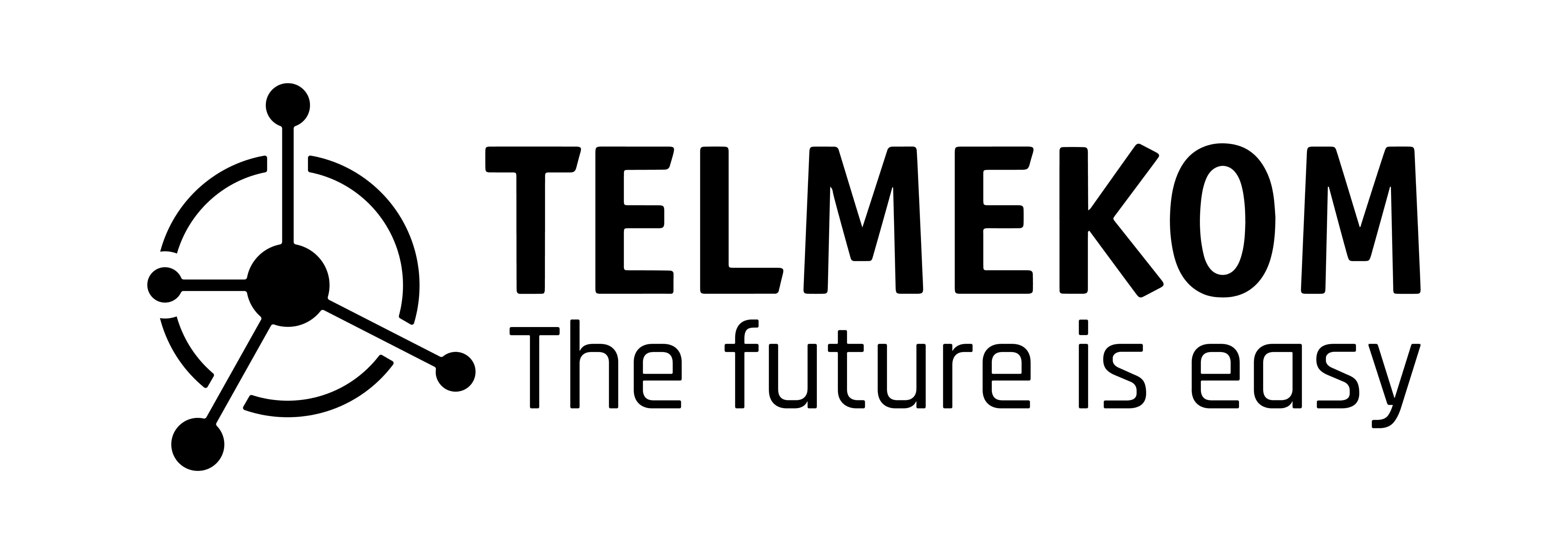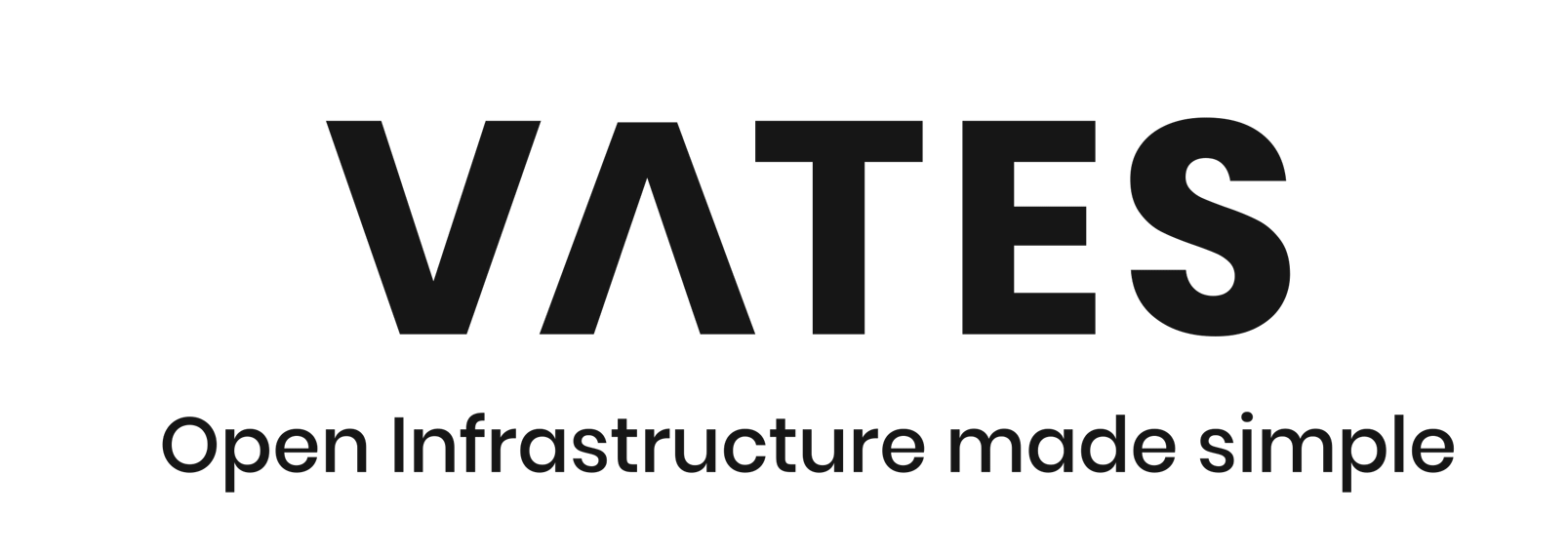The Construction Industry, and its broader ecosystem, erects buildings, infrastructure, and industrial structures that are the foundation of our economies and are essential to our daily lives.
The Construction Industry is one of the biggest industries after agriculture worldwide and one of the largest employment creators in the world.
1. According to McKinsey & Company, the construction industry is in for a big change.
The PROGRESS GROUP with xx years of experience if driving this change fundamentally.
A $265 billion annual profit pool awaits disrupters. A value chain delivering approximately $11
trillion of global value added and $1.5 trillion of global profit pools looks set for overhaul.
A changing market environment, technological progress, and disruptive new
entrants will trigger industry overhaul: Industrialization, New materials, Digitalization of products and processes
Today, off-site construction companies primarily manufacture building elements, structures, or
modules for real estate—but also for industrial structures and infrastructure like bridge segments.
Overall, off-site construction is still a relatively young and immature part of the larger construction
ecosystem, with high fragmentation and smaller-scale players that use mostly manual labor.
Off-site construction will see much deeper integration even in flat-pack design such as doors,
windows, and fully preinstalled mechanical, electrical, and plumbing systems. Data will be flexibly
transferred from BIM models to the automated factory controls for decent customization within
standard designs. The level of integration and connector technology aims to require no skilled labor
on final site and enable extremely fast building times.
While off-site construction is expected to enjoy massive demand growth in the near term, owner
expectations and requirements will increase. For instance, the capability to integrate sustainability
and new materials, and flexible automation (minimal work on final site) will become increasingly
important criteria.
2. INDUSTRIALIZED CONSTRUCTION IN ACADEMIA
IC Goal List:
• Increase labor productivity
• Substitute labor-intensive processes with machines
• Fast-track the rate of construction
• Commission new projects more quickly
• Reduce costs
• Improve overall quality and sustainability
• Make customization affordable
5 Trends:
• Prefabrication – Off-site construction of building elements and assemblies in factories
• Big Data, AI, and Predictive Analysis – Predict the future of construction by mining data generated from future projects while integrating lean construction principles
• Additive Manufacturing – 3D printing of objects by building up structures from small deposits of materials
• Internet of Things – Network of objects incorporated in the building systems
• Robotics – Designing, building, and applying robots to perform work
3. IFC4precast enabling 4IR – 4th industrial revolution in Industrialized Construction
IFC4precast is a completely new concept to support the BIM process in the best possible way, especially for the precast industry. The digitization of the precast industry is progressing at a rapid pace, with the aim of supporting the participating software systems such as CAD, MES, PPS, and ERP with integration and networking. Several strong and well-known software vendors from this industry came together and founded the buildingSMART working group IFC4precast (initiated by customers).
The current development of BIM focuses on the documentation of the construction process by enriching and standardizing architectural and technical building models. The prefabrication process is not deeply anchored in this development at present. As prefabricated products become more and more complex, the demand for a more powerful model data exchange interface increases.





























